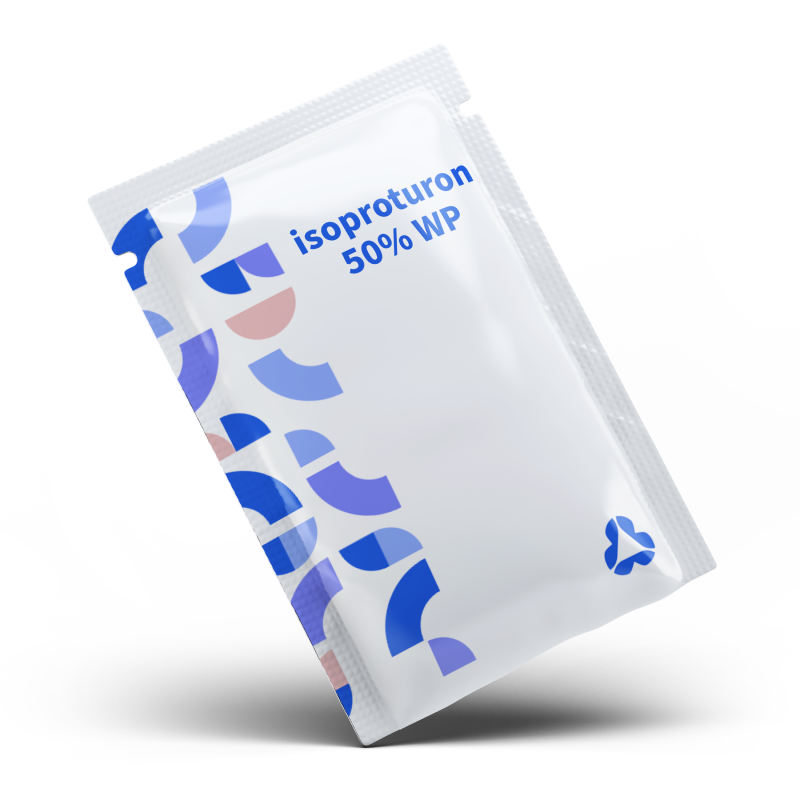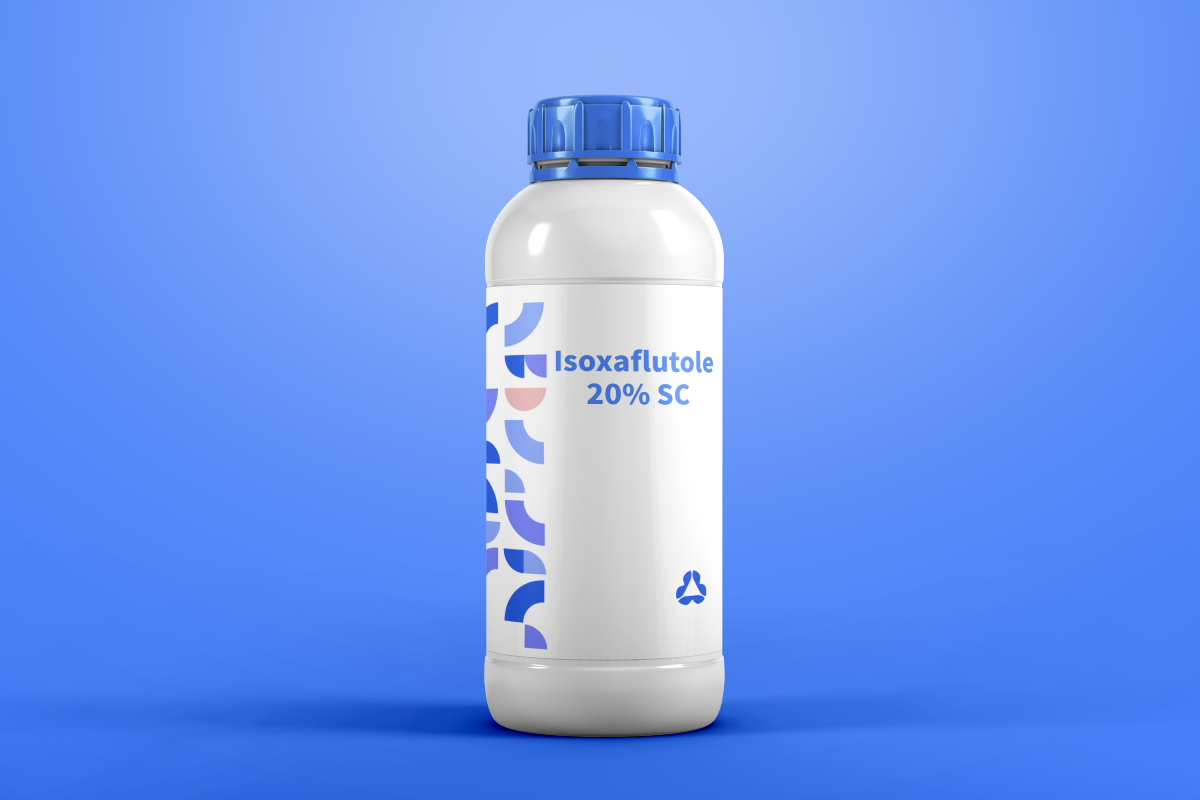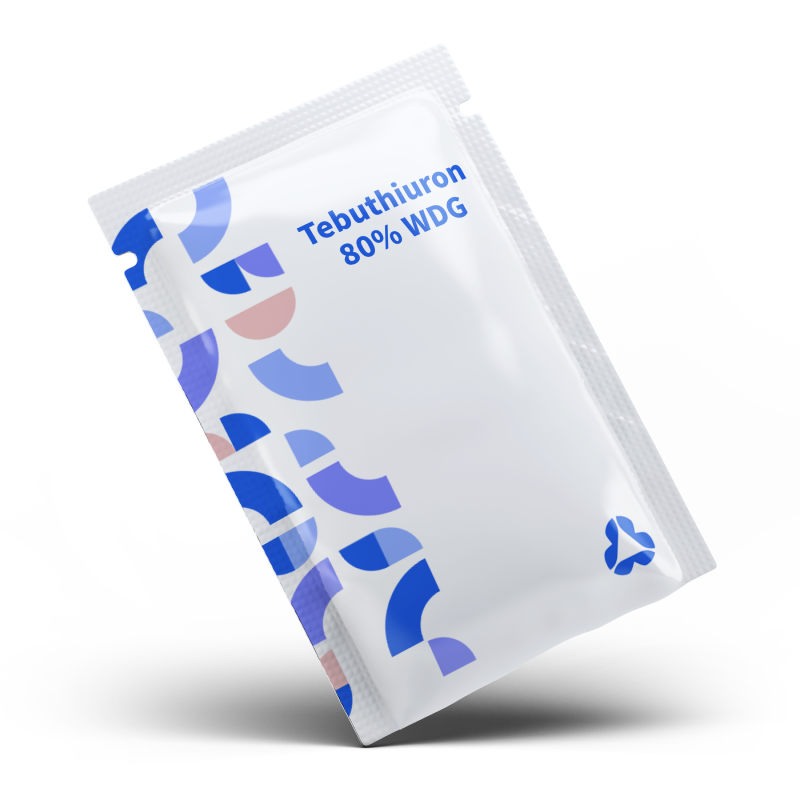Isoxaflutole 20% SC (Suspension Concentrate) is a highly effective and selective herbicide that plays a crucial role in modern agricultural weed management. As a member of the isoxazole – based chemical family, it targets a wide range of annual grasses and broadleaf weeds, making it an ideal choice for use in maize (corn) and sugarcane fields. With isoxaflutole as the active ingredient (CAS No. 141112 – 29 – 0), this 20% SC formulation offers excellent suspension stability, ensuring uniform application and consistent performance.

Isoproturon 50% WP: A Potent Solution for Weed Control in Cereal Crops
Isoproturon 50% WP (Wettable Powder) is a highly effective and widely used selective herbicide. As a member of the substituted urea family, it has carved



